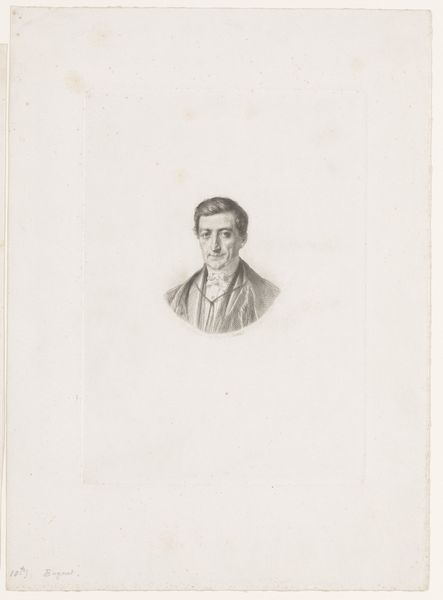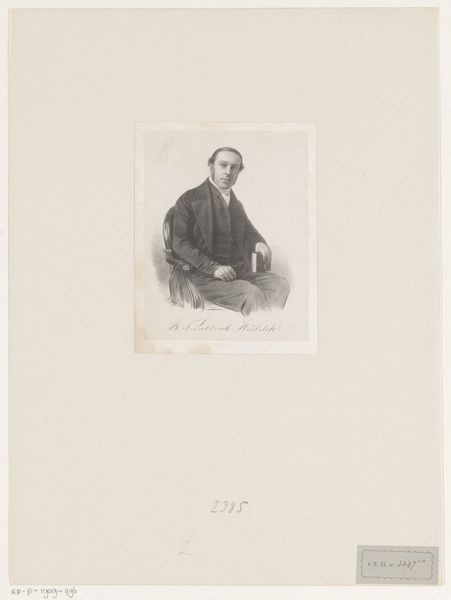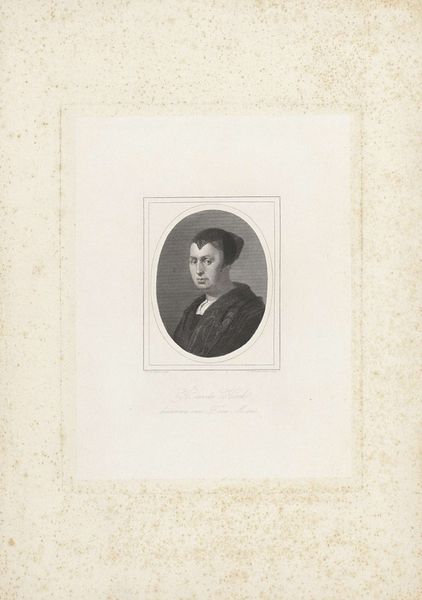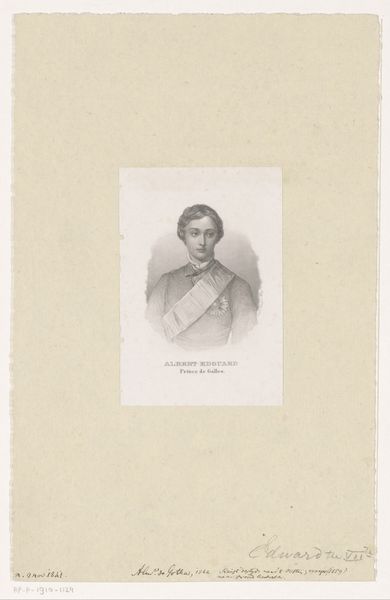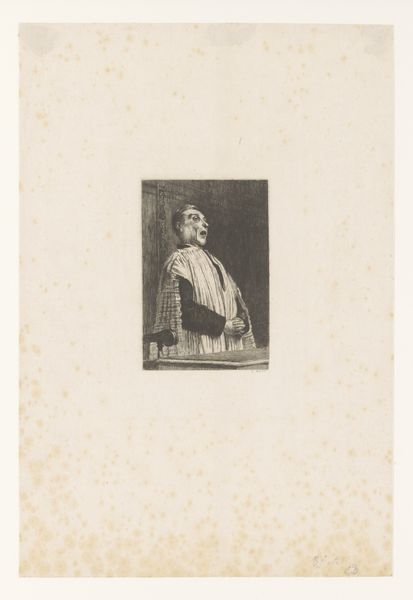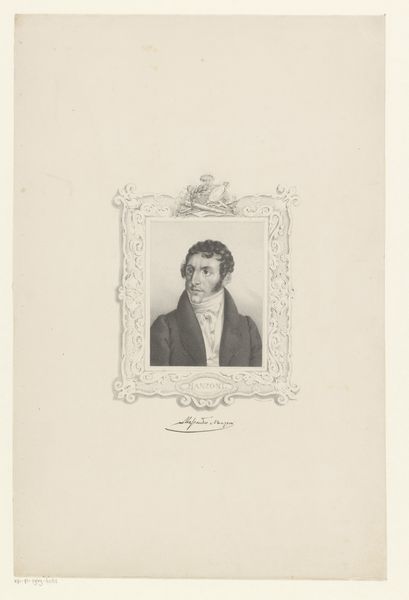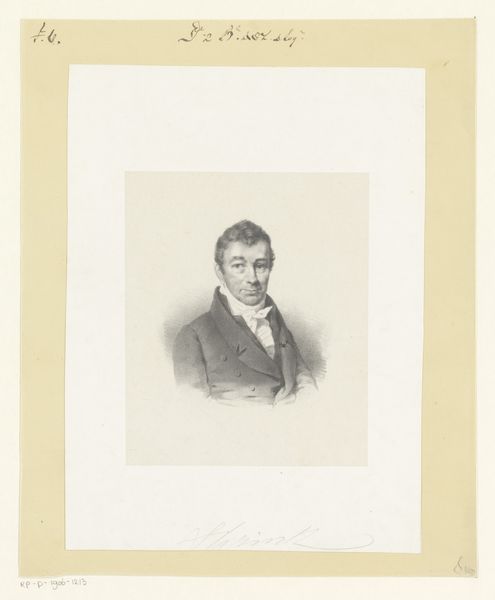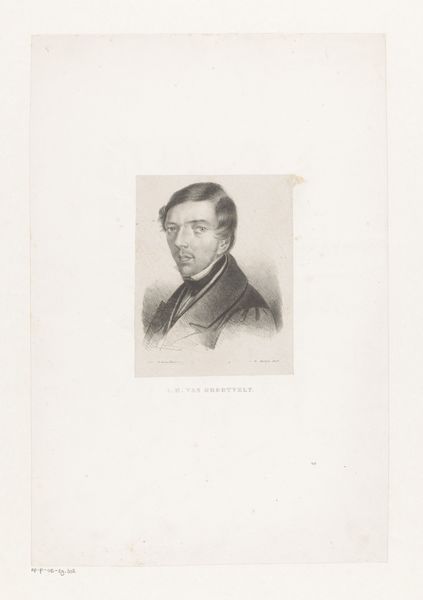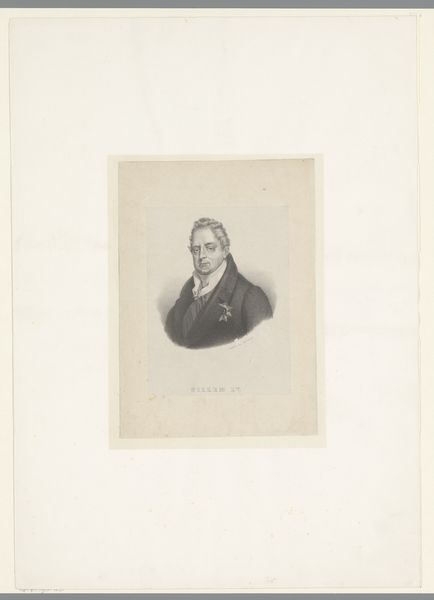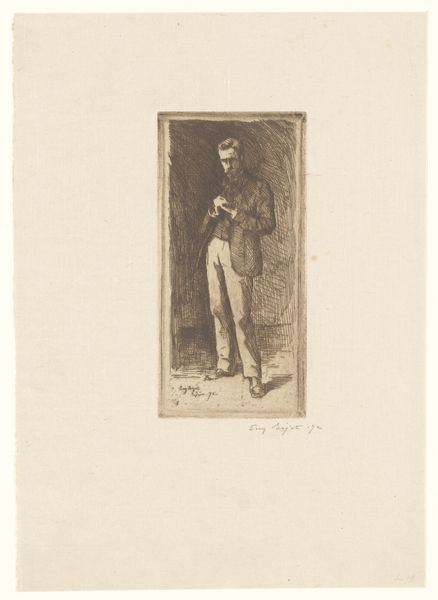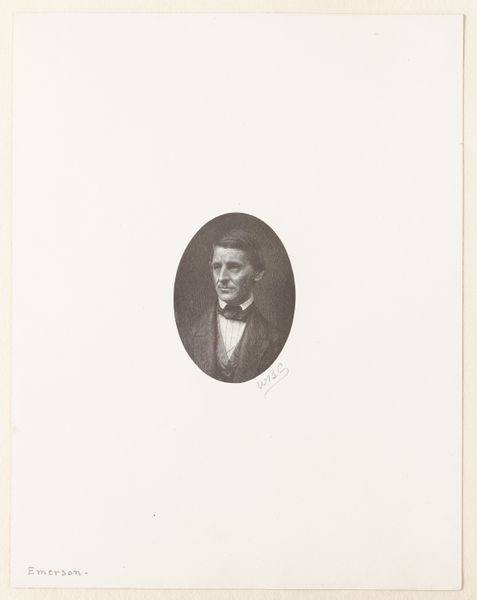
Portretten van Jan Willem Pieneman, Cornelis Cels, Pieter Christoffel Wonder en Paul Joseph Constantin Gabriël 1783 - 1851
0:00
0:00
willemvansenus
Rijksmuseum
print, engraving
#
portrait
#
neoclacissism
# print
#
pencil drawing
#
group-portraits
#
engraving
Dimensions: height 263 mm, width 166 mm
Copyright: Rijks Museum: Open Domain
Curator: Looking at this, my first impression is that this portrait exudes a quiet dignity, despite its modest size and monochromatic palette. The arrangement of the four figures in a sort of vignette also seems meticulously considered, like an intellectual game of light and shadow. Editor: Indeed. Here we have a print held at the Rijksmuseum, entitled "Portretten van Jan Willem Pieneman, Cornelis Cels, Pieter Christoffel Wonder en Paul Joseph Constantin Gabriël", dating roughly between 1783 and 1851. It’s an engraving, a group portrait showcasing several notable artists of the time, during a period of significant artistic and political change. Curator: The formal constraints inherent in the print medium seem to have been used very effectively here, right? The fineness of the engraving technique is exquisite and seems perfectly suited to this era where Neoclassicism favored linear precision and clarity in art. Notice the tight hatching to delineate shape. Editor: It's worth noting that portraiture at the time was intrinsically tied to social status and historical record. It's not just about the individuals depicted; it reflects the values and aspirations of a society striving for order and reason. Think about the artistic academies solidifying standards for art and creating their own networks of power. This work reflects all of this, it seems, to me. Curator: I can see that, with the classical presentation evoking ideals of an elevated intellectual sphere, set off, or perhaps caged, in this bordered shape. It is visually cohesive, despite presenting four distinct personalities. I find myself wondering about their relationships; there seems a balance here that could reflect not only design consideration, but their roles within the art world. Editor: Perhaps they were patrons or professors shaping the very trajectory of Dutch art history. The circulation of such printed portraits certainly played a role in creating celebrity within artistic circles, codifying status but also disseminating information and ideas widely to the masses. This could be a family portrait to a friend, or simply an illustration created and sold in local publications. Curator: Food for thought, definitely. For me, engaging with its subtle contrasts allows me to reflect on the technical brilliance, as well as on this historical glimpse. Editor: And for me, the print opens a door to understanding the complex interplay of art, society, and power dynamics in 18th- and 19th-century Netherlands.
Comments
No comments
Be the first to comment and join the conversation on the ultimate creative platform.
